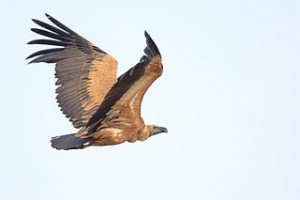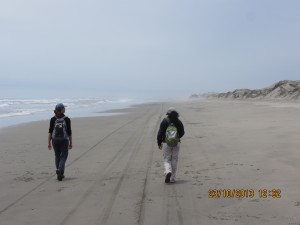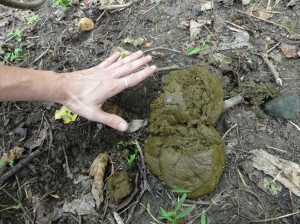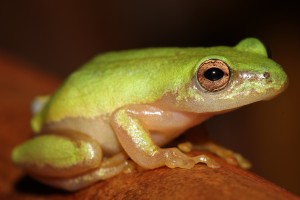Hot off the presses, the Mohamed bin Zayed Species Conservation Fund is issuing its 2013 Annual Report. The report is available for download in English and Arabic as a high resolution pdf. See the links at the end of this post. Other formats will be made available shortly.
In 2013 more than $1,600,000 was awarded to species conservation in more than 83 countries world-wide. Since inception in 2008 the Fund has contributed almost $11m 1,080 projects across the world.
The report’s 100 pages highlight the work of conservationists who received financial support from the Fund in 2013. The annual report highlights projects from all species types including the Anatolian Viper, Baluchistan black bear, Australian lungfish, Juan Fernandez diving beetle, Large bellflower, Tooth-billed pigeon and Harlequin frog.
[su_document url=”http://www.speciesconservation.org/blog/wp-content/uploads/2014/05/MbZSCF_AR2014_ENGLSH-weboptimized.pdf” width=”200″ height=”200″]
Please take the time to download the report (6 MBs). You can request a hard copy of the report by sending at email to media (AT) mbzspeciesconservation.org
Happy Reading!
To download the Arabic Version Click Here: MbZSCF_AR 2013_ARABIC weboptimized
For download the English Version Click Here: MbZSCF_AR2014_ENGLSH weboptimized





